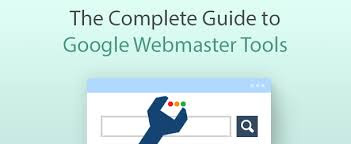GOOGLE ANALYTICS AND IT‘S IMPORTANCE
Google Analytics is a powerful analytic and reporting tool that can be integrated with your publication to provide insight into your visitors’ behavior. Google Analytics integration is an easy process that should only take you a few minutes to complete. Featured included in Google Analytics are: Tracking the referral paths of your users, map your visitors’ behavioral through your publication, Turn insights into action by tracking conversion events inside Google Analytics, Gain more insight into how any paid traffic you’re sending to your publication is performing, Benchmark your publication’s performance against other websites in your industry or vertical, and much, much more!
How analytics work
1. Sign Up for a Google Account (Skip if you already have one).
2. Get your unique tracking code.
• If it’s your first time logging into Google Analytics read below. If not, skip to Step 2b
• If it’s your NOT your first time logging into Google Analytics.
3. Installing Your Tracking Code Snippet.
4. Adding Goals to Track Conversion.
5. Understanding Google Analytics Report.
The developments in Google Analytics keep flying in. Ever wished that you can sit yourself behind your terminal screen, log into your Google Analytics account and watch the traffic and activity on your website real time?
I know of people that are already spending hours, constantly pressing their reload button, in an attempt to get the most up to date screen of their data.

Real Time is officially launched on September 29th, and will continue to roll out throughout October until it reaches 100% of users. With Google Analytics Real-Time: a set of new reports that show what’s happening on your site as it happens, your obsession with traffic on your website can be further fueled. Only the Real-Time reports will update in real-time. The rest of Google Analytics reports will continue update as normal. The Google Analytics Real-Time reports reflect what’s happening on your site within a few seconds making them actually real-time.











